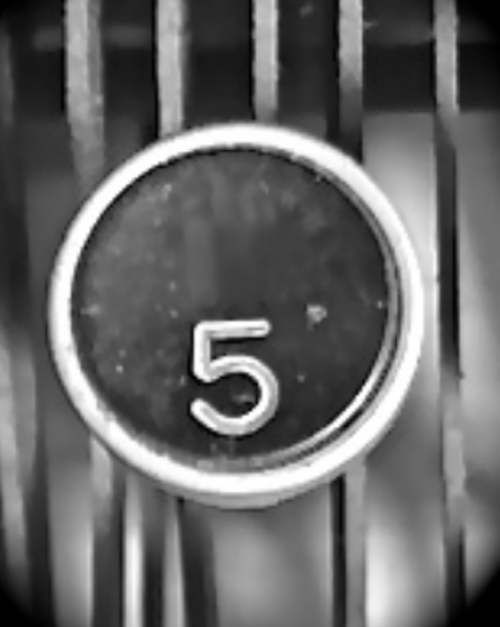5 HOT BOOKS: Walter Isaacson on Elon Musk, a Pathbreaking Tennis Player, and More
/1. Elon Musk by Walter Isaacson (Simon & Schuster)
World-Changing Geniuses – Steve Jobs, Leonardo da Vinci, Albert Einstein, Ben Franklin – are Isaacson’s beat, and he has taken on another: the world’s richest man, head of Tesla, SpaceX, and X, formerly Twitter. Isaacson captures Musk’s impetuous tenacity, as well as his heartlessness and traces these character traits to his childhood demons. One of his central questions: how do we reconcile the good (Musk was arguably the leading force in the popularity of electric cars, which could play a big role in saving the planet) with the awful (abusive treatment of many individuals in his life, the cesspool that Twitter — or X — has become on his watch). Isaacson leaves it to the reader to decide if Musk is a glass that is half full or half empty — or possibly much emptier than that.
2. Queen of the Court: The Many Lives of Tennis Legend Alice Marble by Madeleine Blais (Atlantic Monthly Press)
Blais, a Pulitzer Prize-winning journalist and University of Massachusetts professor, captures the arc of Marble’s life, from her childhood playing on public courts in San Francisco’s Golden Gate Park to winning Wimbledon and the U.S. Open and introducing aggressive athleticism into women’s tennis. But this is more than the biography of a star athlete. Blais features Marble’s reinventions as a glamorous, globe-trotting fashion maven (whose singing at the Waldorf-Astoria won rave reviews) and as a forceful champion of civil rights who enabled African American star Althea Gibson to break the color barrier and compete for the 1950 national championship. Marble, Blais argues, was an “early avatar of pressures and rewards attached to the public woman.” An empathic but clear-eyed detective, Blais disproves the stories Marble told about herself, most particularly that she was a spy in World War II.
3. Necessary Trouble: Growing Up at Midcentury by Drew Gilpin Faust (Farrar, Straus & Giroux)
Defying her Southern belle upbringing, 9-year-old Drew wrote to President Dwight Eisenhower, beseeching him to end segregation. As a college student, she skipped an exam to protest the Vietnam War. The intellectual culture of Bryn Mawr College suited the future president of Harvard, and she extended it beyond the classroom. On her way to becoming a distinguished historian of the antebellum era and the Civil War, with a nuanced understanding of the South, she worked for civil rights in places like destitute South Philadelphia and Selma and metabolized those experiences with her intellectual pursuits. Faust borrows the title of her memoir from the great civil rights leader John Lewis – with his approval – and conveys that the journey toward justice is real, enduring, and necessary.
4. Flee North: A Forgotten Hero and the Fight for Freedom in Slavery’s Borderland by Scott Shane (Celadon)
Shane, a Pulitzer Prize-winning journalist, has turned his investigative instincts to the past and uncovered an overlooked hero: Thomas Smallwood. Cinematically and vividly, Shane establishes Smallwood’s importance in the battle against slavery. Enslaved from birth in Maryland, Smallwood bought his own freedom and worked as a shoemaker. He linked up with abolitionist Charles Turner Torrey in the 1840s and created a secret network that freed hundreds from bondage and inspired others to do the same. Smallwood, writing under a pseudonym in Torrey’s abolitionist newspaper, dubbed it an “underground railroad.”
5. From Dust to Stardust by Kathleen Rooney (Lake Union)
Rooney has a gift for writing about characters who may be left out of history books but are deeply rooted in the past. She modeled the eponymous protagonist in Lillian Boxfish Takes a Walk on one of the first women in advertising in New York. Now Rooney turns to the dreams of fairies and old Hollywood. Once again mixing fact and fiction into a delicious brew, Rooney has created a Midwestern girl who heads to Los Angeles and becomes silent film star Colleen Moore, rubbing shoulders with the likes of Mary Pickford and Douglas Fairbanks. From childhood, Rooney’s protagonist imagined worlds of castles and fairies and actually created them for the world to see. She went on the road to display her lavish Fairy Castle, inhabited with miniature fairies, at an important Chicago museum.










